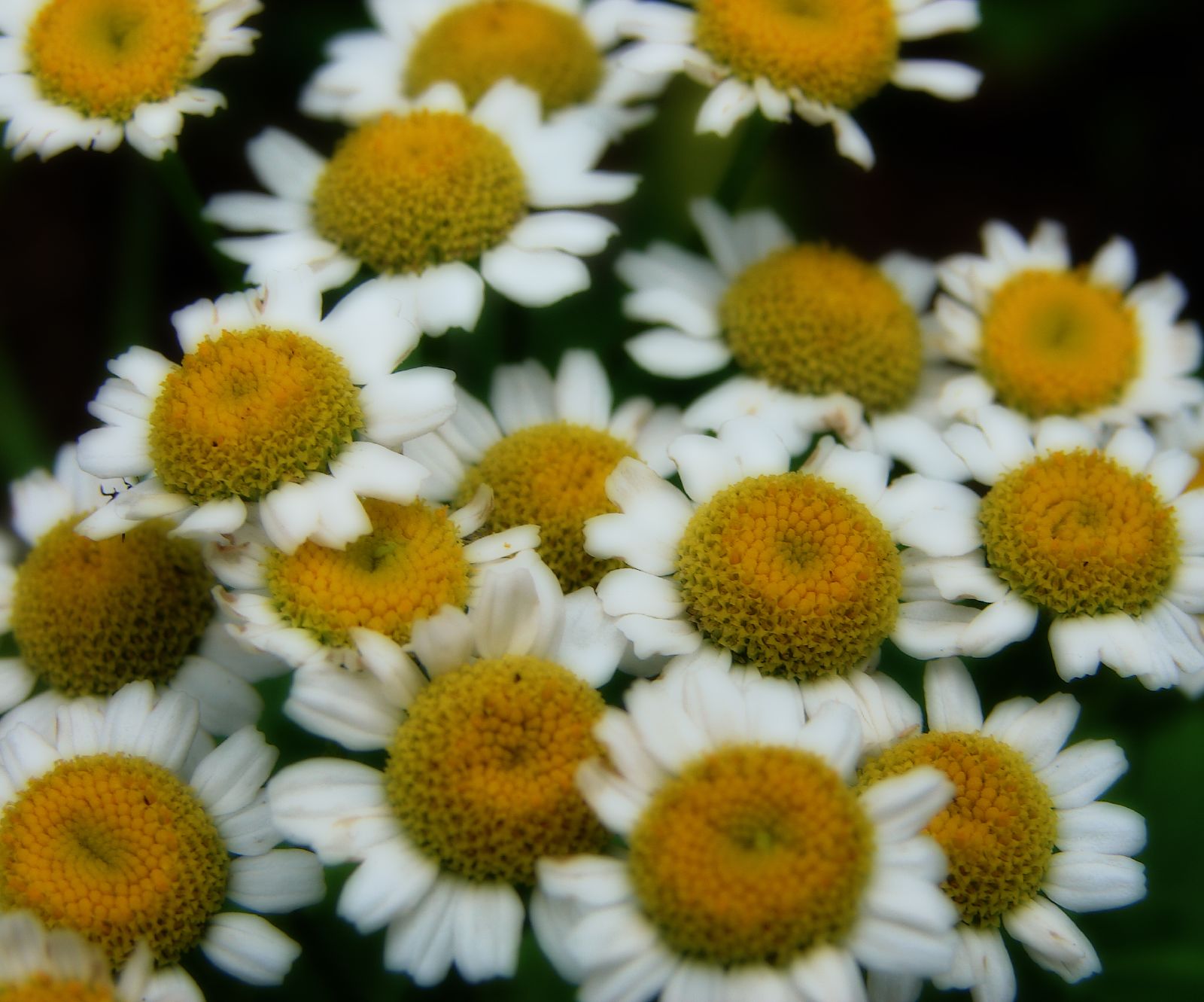Feverfew is a close relative to the dandelion and marigold family, it is known as a persistent perennial.
It blooms tiny daisy-like flowers year after year needing little care in order to thrive.
The whole of this plant expresses a noticeable and bitter scent which was traditionally believed that growing a few feverfew around the house expelled infections and cleansed the air.
It was first noted by the Greeks for its use over 2,000 years ago. Tall tales say that the ancient Greeks called the plant parthenium because it had the capability of saving someones life who had fallen from the Parthenon; a massive structure from ancient Greece that is still around.
The origins of feverfew come from the Latin, febris, meaning fever, and fugure, meaning “to chase from here”.
For centuries, the plant has been used to expel fevers alongside a multitude of other ailments such as headaches and migraines. This herb was also somewhat of a female’s herb, used to reduce complications after birth and ease pain.
By the mid-16th century in Europe, this plant had been used frequently in order to cure headaches, stomach issues, tooth related problems, and nerve complications.
Interest in the Western world began in the 1970’s when the partner of a Welsh doctor was frequently suffering from chronic migraines. After less than a few months of eating feverfew leaves each day, the migraines subsided and eventually stopped. Today, health practitioners highly recommend feverfew as an alternative to modern medicine, because of undesired side effects, for migraine headaches and nausea.
Beneficial qualities:
- helps reduce frequency and severity of migraine headaches
- Eases pain from arthritis
- Anti-inflammatory effects
- Reduces fevers

Support our Cause
By clicking above you will be supporting our platform to help people struggling with physical and psyhcological health.

